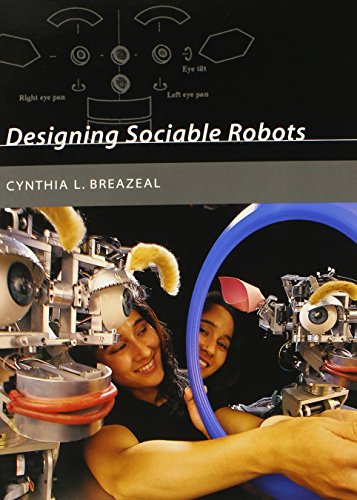B. Jack Copeland (ed.): The Essential Turing: Seminal Writings in Computing, Logic, Philosophy, Artificial Intelligence, and Artificial Life. Plus the Secrets of Enigma (2004)
Filed under book | Tags: · artificial intelligence, artificial life, computing, history of computing, logic, mathematics, philosophy, turing machine

“Alan Turing, pioneer of computing and WWII codebreaker, is one of the most important and influential thinkers of the twentieth century. In this volume for the first time his key writings are made available to a broad, non-specialist readership. They make fascinating reading both in their own right and for their historic significance: contemporary computational theory, cognitive science, artificial intelligence, and artificial life all spring from this ground-breaking work, which is also rich in philosophical and logical insight. An introduction by leading Turing expert Jack Copeland provides the background and guides the reader through the selection.”
Publisher Oxford University Press, 2004
ISBN 0198250800, 9780198250807
613 pages
PDF (updated on 2012-7-25)
Comment (1)John Johnston: The Allure of Machinic Life. Cybernetics, Artificial Life, and the New AI (2008)
Filed under book | Tags: · abstract machine, artificial intelligence, artificial life, cellular automata, connectionism, cybernetics, genetic algorithms, robotics, swarm intelligence

“In The Allure of Machinic Life, John Johnston examines new forms of nascent life that emerge through technical interactions within human-constructed environments—”machinic life”—in the sciences of cybernetics, artificial life, and artificial intelligence. With the development of such research initiatives as the evolution of digital organisms, computer immune systems, artificial protocells, evolutionary robotics, and swarm systems, Johnston argues, machinic life has achieved a complexity and autonomy worthy of study in its own right.
Drawing on the publications of scientists as well as a range of work in contemporary philosophy and cultural theory, but always with the primary focus on the “objects at hand”—the machines, programs, and processes that constitute machinic life—Johnston shows how they come about, how they operate, and how they are already changing. This understanding is a necessary first step, he further argues, that must precede speculation about the meaning and cultural implications of these new forms of life.
Developing the concept of the “computational assemblage” (a machine and its associated discourse) as a framework to identify both resemblances and differences in form and function, Johnston offers a conceptual history of each of the three sciences. He considers the new theory of machines proposed by cybernetics from several perspectives, including Lacanian psychoanalysis and “machinic philosophy.” He examines the history of the new science of artificial life and its relation to theories of evolution, emergence, and complex adaptive systems (as illustrated by a series of experiments carried out on various software platforms). He describes the history of artificial intelligence as a series of unfolding conceptual conflicts—decodings and recodings—leading to a “new AI” that is strongly influenced by artificial life. Finally, in examining the role played by neuroscience in several contemporary research initiatives, he shows how further success in the building of intelligent machines will most likely result from progress in our understanding of how the human brain actually works.”
Publisher MIT Press, 2008
ISBN 0262101262, 9780262101264
461 pages
PDF (updated on 2012-10-31)
Comment (0)Cynthia L. Breazeal: Designing Sociable Robots (2002)
Filed under book | Tags: · artificial intelligence, robotics

“Cynthia Breazeal here presents her vision of the sociable robot of the future, a synthetic creature and not merely a sophisticated tool. A sociable robot will be able to understand us, to communicate and interact with us, to learn from us and grow with us. It will be socially intelligent in a humanlike way. Eventually sociable robots will assist us in our daily lives, as collaborators and companions. Because the most successful sociable robots will share our social characteristics, the effort to make sociable robots is also a means for exploring human social intelligence and even what it means to be human.
Breazeal defines the key components of social intelligence for these machines and offers a framework and set of design issues for their realization. Much of the book focuses on a nascent sociable robot she designed named Kismet. Breazeal offers a concrete implementation for Kismet, incorporating insights from the scientific study of animals and people, as well as from artistic disciplines such as classical animation. This blending of science, engineering, and art creates a lifelike quality that encourages people to treat Kismet as a social creature rather than just a machine.”
Publisher MIT Press, 2002
ISBN 0262524317, 9780262524315
281 pages
PDF, PDF (updated on 2014-9-14)
Comment (0)
